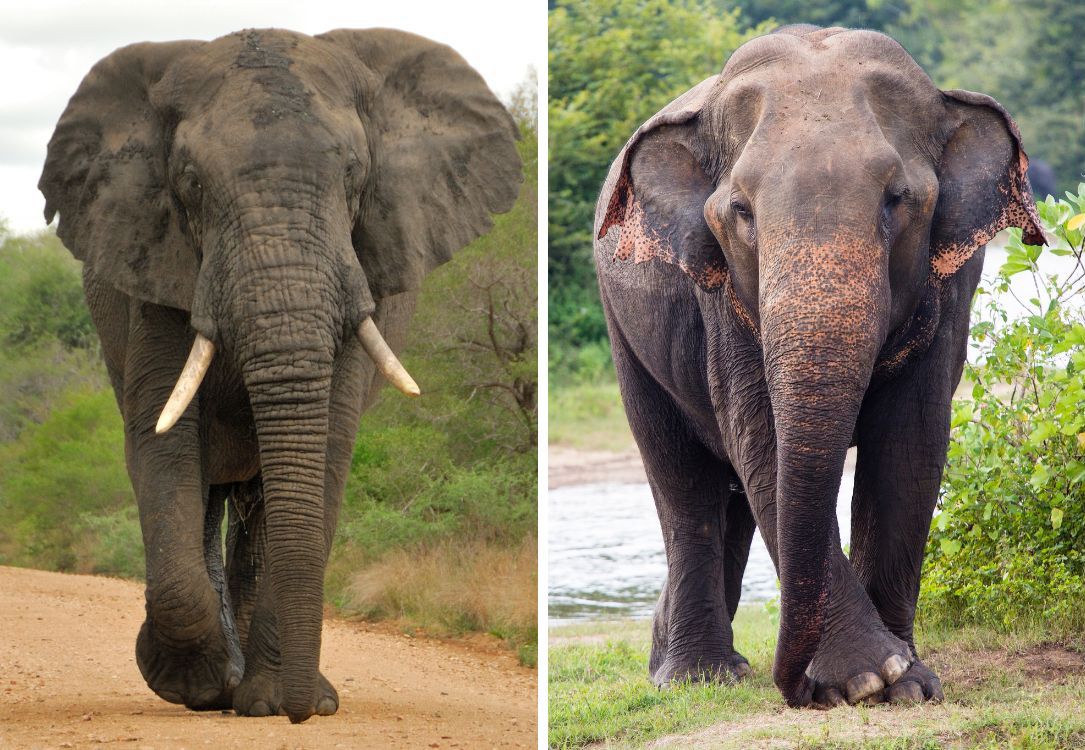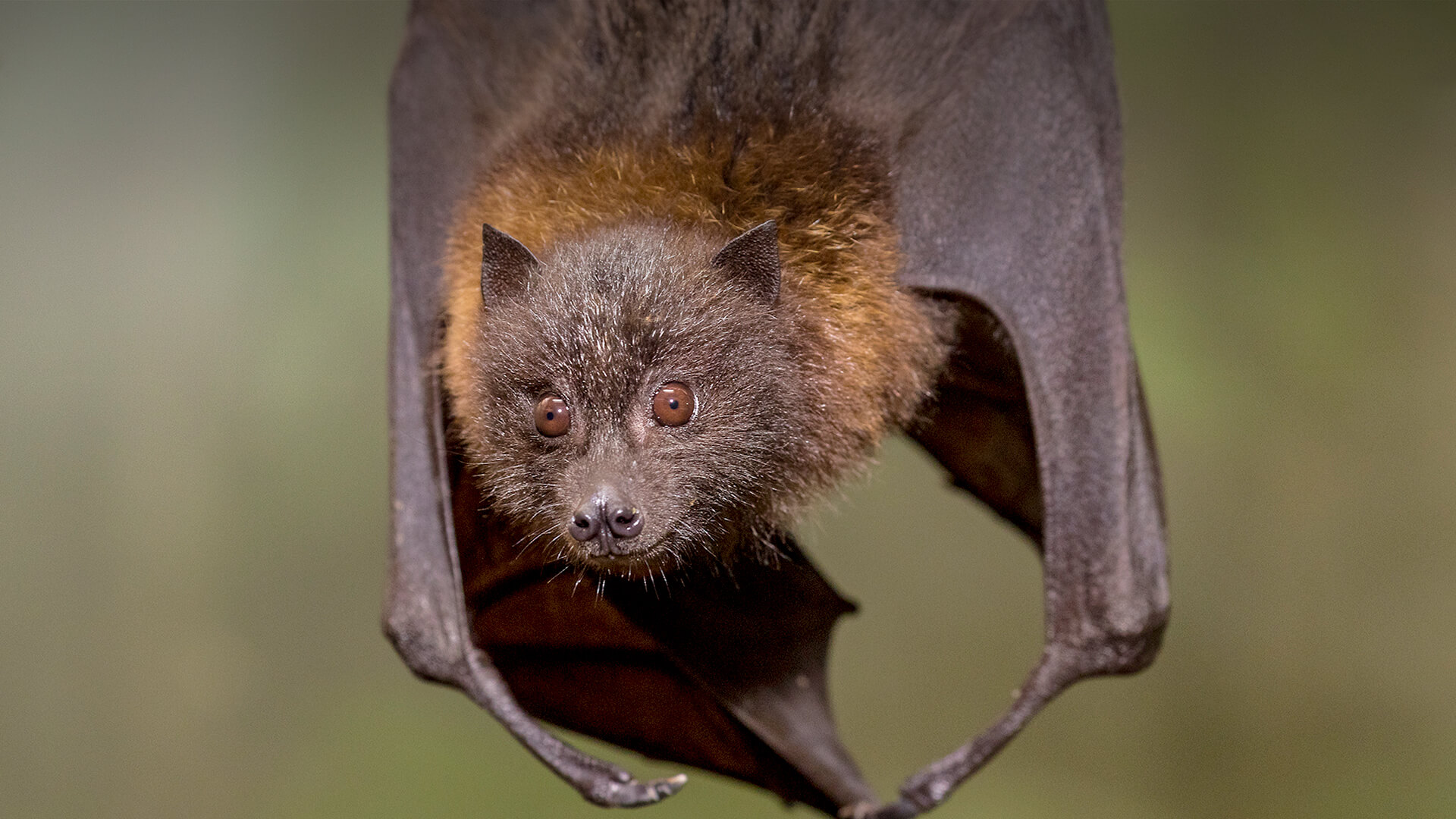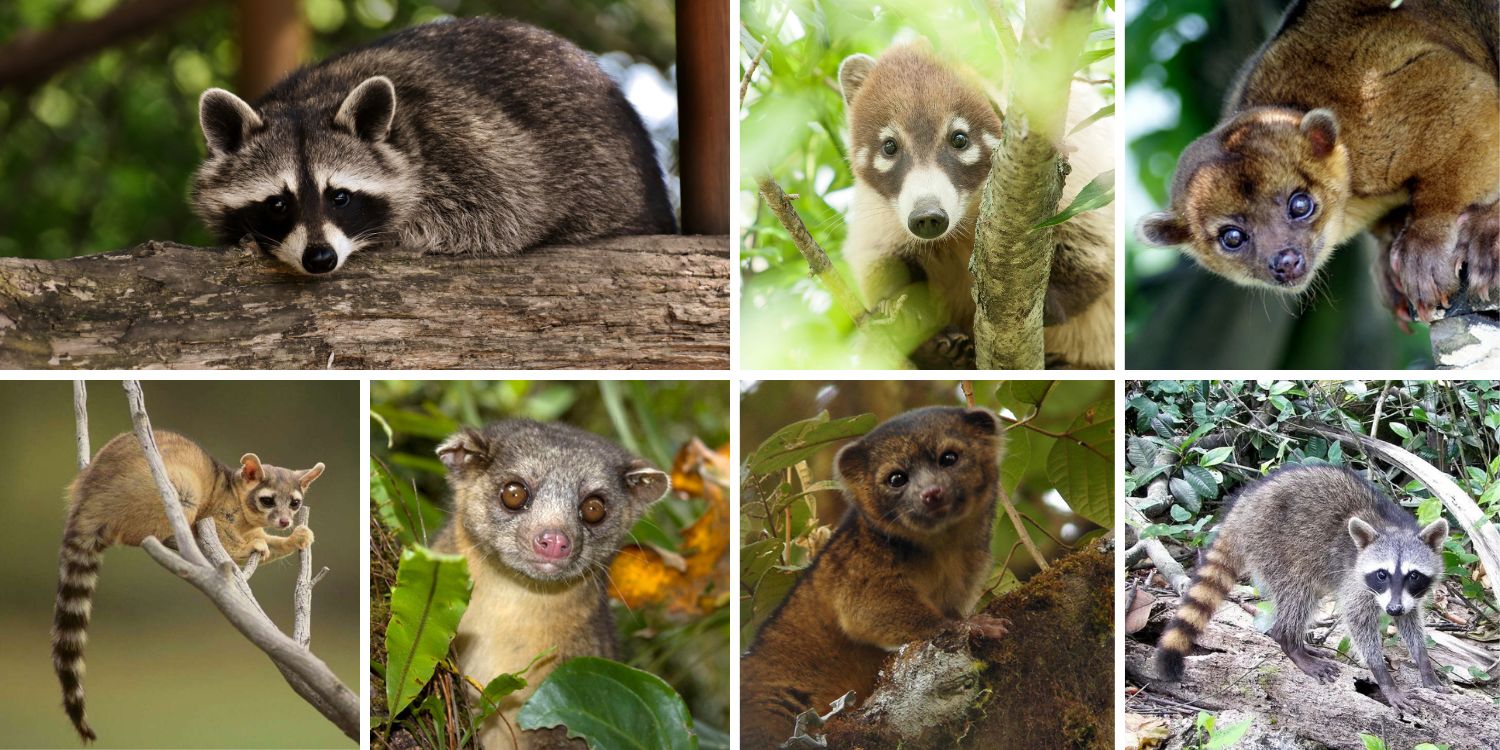
Do you know the difference between African and Asian elephants?
Elephants, the largest land animals on Earth, capture our imaginations with their intelligence, social bonds, and sheer size. But within the elephant family, there are two distinct giants: the African elephant and the Asian elephant. While both are magnificent creatures, they have some key differences that extend beyond their physical attributes and even their relationship with humans. Let’s delve into the world of these remarkable animals and discover what sets them apart, including their current conservation status according to the International Union for the Conservation of Nature (IUCN).
Size Matters (Mostly):
- African Elephant: The undisputed heavyweight champion! African elephants, particularly the Savannah elephant, are the larger of the two species. Males can reach heights of up to 13 feet (4 meters) at the shoulder and weigh a staggering 15 tons (13,600 kg). Forest elephants, another African subspecies, are slightly smaller but still incredibly massive.
- Asian Elephant: Coming in at a respectable second, Asian elephants are smaller than their African counterparts. Males typically stand around 9-10 feet (2.7-3 meters) tall at the shoulder and weigh up to 8 tons (7,300 kg).

Ears Like Maps vs. Fans:
One of the most striking differences is their ears:
- African Elephant: Imagine the continent of Africa – that’s what African elephant ears resemble! These large, fan-shaped ears help them regulate their body temperature in the hot African savannas.
- Asian Elephant: Asian elephants have smaller, rounded ears, similar to a large fan. While they also use their ears for thermoregulation, the smaller size reflects their adaptation to cooler and more forested habitats.
Head Honchos and Family Matters:
- African Elephant: Both male and female African elephants develop tusks, although the tusks of females are generally smaller. African elephants live in complex social structures with strong female leadership.
- Asian Elephant: Only some male Asian elephants grow tusks, while females typically don’t. Herds are matriarchal, with females leading family groups.
Trunk Talk:
Both African and Asian elephants have incredible trunks, but there’s a subtle difference in their dexterity:
- African Elephant: The African elephant’s trunk has two finger-like projections at the tip, giving them exceptional grasping ability. They can use their trunks for everything from picking up tiny objects to breaking branches.
- Asian Elephant: Asian elephants have a single finger-like projection on their trunk, but don’t underestimate their skills! They are adept at manipulating objects with their trunks and their sense of touch.
Habitat Hues:
- African Elephant: African elephants come in various shades of grey and brown, depending on the subspecies and habitat.
- Asian Elephant: Asian elephants tend to be a darker shade of grey, almost brownish in some cases.
- White Elephants: The rare “white elephants,” which are often depicted as pure white, are typically a soft reddish-brown, turning a light pink when wet. Unusual among Asian elephants, this coloration is even more rare among African elephants – where they may suffer blindness or skin problems from sun exposure.

Where They Roam:
- African Elephant: As the name suggests, African elephants are native to Africa, primarily inhabiting savannas, grasslands, woodlands, and even semi-desert regions.
- Asian Elephant: These elephants live in parts of southern and southeastern Asia, including India, Nepal, Sri Lanka, and Sumatra. Their preferred habitats include tropical rainforests, grasslands, and swamps.
A History of Interaction:
The relationship between humans and elephants has been a complex one throughout history.
- African Elephants: While there is no history of true domestication of African elephants, some cultures have formed complex relationships with them. In certain parts of Africa (particularly the Belgian Congo), elephants have been captured and trained for short-term labor, but this practice is not widespread and has largely declined.
- Asian Elephants: Asian elephants, on the other hand, have a long history of domestication in parts of Asia, particularly India. They were used for transportation, logging, and even warfare. However, the use of domesticated elephants has declined significantly in recent times due to concerns about animal welfare and the availability of machinery.
Conservation Status (IUCN Red List):
Both African and Asian elephants face threats from habitat loss, poaching for ivory, and human-elephant conflict. Conservation efforts are crucial to ensure the survival of these magnificent creatures.
- African Elephant: Sadly, African elephants are not doing well. Following population declines of over 60% over several decades due to poaching for ivory and loss of habitat, the African forest elephant (Loxodonta cyclotis) is listed as Critically Endangered and the African savanna elephant (Loxodonta africana) as Endangered. Before 2021, African elephants were treated as a single species, listed as Vulnerable; now the two species have been assessed separately for the IUCN Red List, following the emergence of new genetic evidence.
- Asian Elephant: Asian elephants face similar threats but to a lesser extent. The Asian elephant (Elephas maximus) is classified as Endangered due to poaching, illegal trade, habitat loss and fragmentation, as well as human-elephant conflict.
By understanding the differences between African and Asian elephants, we can appreciate their unique adaptations and the vital role they play in their respective ecosystems. Let’s work together to protect these gentle giants and ensure their continued existence for generations to come.






